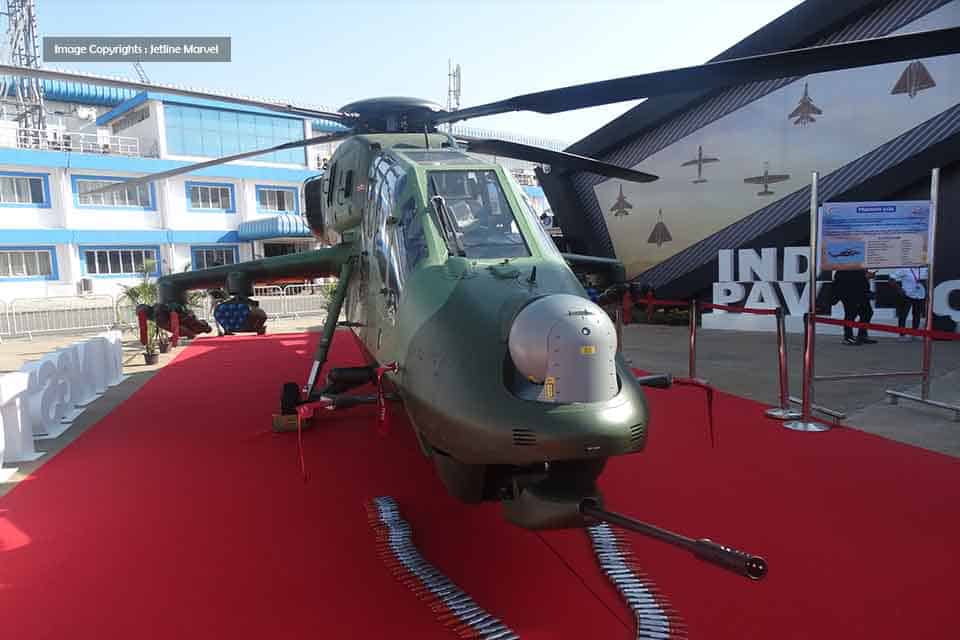Asia
Building the LCA Tejas Mark 2 prototype could take longer than expected.

As per a recent report by Janes Intel, India’s Tejas MkII program has hit a roadblock despite receiving clearance from the Indian Ministry of Defense’s (MOD) Cabinet Committee on Security (CCS). This is because one of the conditions set by the MOD was that GE would have to provide a transfer of technology (ToT) for its GE F414 engine to the program, after which the funds would be released.
LCA Tejas Mark 2 is constrained by problems with engine choices. The government is delaying the release of funds for prototype development. The GE response to the TOT condition is anticipated by the HAL project team. But unfortunately, no interest has been shown in it by the United States.
Tejas Mark 2 is been approved for manufacturing : GOI(Opens in a new browser tab)
This delay in the release of funds, which has now stretched beyond a year, could have significant repercussions for the program’s timeline. The program is now facing the possibility of further delays in the rollout of the prototype and the first flight.
Given the complexity of modern fighter aircraft, engine technology is a crucial element that cannot be compromised. Therefore, it is crucial for the Indian MOD to provide the necessary funds for the program, so that the ToT can be obtained from GE, and the Tejas MkII can progress as planned. The success of this program is essential for India’s defense preparedness and technological advancements in the field of aerospace.
India plans to build HAL Tejas fighter jet manufacturing line in Egypt.(Opens in a new browser tab)
HAL plans to roll out a prototype by September 2025, exactly 36 months from the CCS clearance, and the first flight is scheduled for 2026.
There are plans for three additional prototypes of the LCA Mk-2 fighter, which will be rolled out with an eight-month gap between each. The project team announced that four prototypes would be used for complete flight testing and weapon testing, with testing concluding by the end of 2027 so that production could begin in 2028.
However, according to sources familiar with recent developments, the timeline for the LCA Mk2 aircraft entering production is likely to be pushed further to 2030 onwards. Two years is too short of a duration to complete both flight testing and weapon testing, as the first two years may be required solely to obtain initial flight certification for the aircraft. Even with basic weapons clearance, weapon testing will take two or more years.
By 2028, India’s AMCA fifth-generation fighter jet prototype may fly.(Opens in a new browser tab)
The Indian Air Force (IAF) is aware of unrealistic production timelines often given by ADA/DRDO officials. Consequently, the IAF is considering purchasing 50 more Tejas Mk1A aircraft that will extend the production line until at least 2030.
The IAF has identified the LCA Mk2 as a crucial component that will eventually fill a critical gap in the fighter squadrons of the Indian Air Force as the MiG-29, Mirage 2000, and Jaguar fleets retire over the next decade.

Aerospace
India is in talks with Nigeria regarding the export of its single-engine Tejas and Prachand helicopter

India is actively exploring its defense market and making audacious moves to establish itself as a significant player in targeting the African defense market to sell Tejas and Prachand.
According to the sources, Nigeria, in negotiations to purchase Indian aircraft such as the LCA Tejas and LCH Prachand, has recently opted to acquire the M-346FA light fighter-trainer aircraft from Italy. This decision comes after expressing dissatisfaction with the performance of the JF-17 Thunder jets, signaling a shift away from acquiring additional JF-17s.
How will be the Tejas Mark 2 compared to the F-16 block 50/52?
In March 2024, India intensified efforts to explore potential exports. A defense industry delegation visited Abuja, Nigeria’s capital, signaling India’s interest in exporting its single-engine Light Combat Aircraft (LCA) Tejas.
Building the LCA Tejas Mark 2 prototype could take longer than expected.
Recent reports suggest Nigeria is considering acquiring 15 fighter jets to replace its aging Chengdu F-7NI fleet, with India emerging as a leading supplier, proposing its indigenous Tejas fighter jet.
The HAL Tejas is an advanced Indian multirole combat aircraft featuring a delta wing design, produced by Hindustan Aeronautics Limited. It serves as a pivotal asset for air defense, maritime reconnaissance, and strike missions, tailored to excel in high-threat scenarios. With nearly 40 initial variants already inducted, the Tejas stands as a cornerstone of the IAF’s operational capabilities.
Comparison of the Tejas Mark1 vs korean T-50 Golden eagle
Previously, Nigeria had explored Indian-built options such as the Light Combat Helicopter (LCH) ‘Prachand,’ Light Utility Helicopter (LUH), and Advanced Light Helicopter (ALH) ‘Dhruv.’
The Prachand helicopter, designed for battlefield deployment as an attack helicopter, stands out with its advanced weaponry and avionics. Positioned to compete with helicopters like the Apache, Turkish T129, and the European Tiger, Prachand emphasizes India’s capability to produce unique and technologically advanced military assets.
Beyond military hardware, India’s strategic move includes establishing a local currency settlement system with Nigeria, a development of notable economic significance forged in May 2024.
-

 Aviation2 months ago
Aviation2 months agoMicrosoft Flight Simulator Raises $3 Million to Bring Back the An-225 Mriya
-

 Airlines2 months ago
Airlines2 months agoQantas Engineers Stage Walkout Over Cost of Living Concerns
-

 Airlines2 months ago
Airlines2 months agoQatar Citizens Can Travel to the United States Without a Visa
-

 Aviation2 months ago
Aviation2 months agoQatar Airways bans these new Electronic Devices on plane
-

 Airlines2 months ago
Airlines2 months agoJapan Airlines Rolls Out Free Domestic Flights to International Passengers
-

 Defence2 months ago
Defence2 months agoWhich Country Has the Largest Fleet of Fighter Aircraft?
-

 Airport2 months ago
Airport2 months agoWestern Sydney Airport Welcomes Its First Plane After 6 Years of construction
-

 Aviation2 months ago
Aviation2 months agoDid you know ? Once Boeing 747 carried 1088 passenger in 1991








